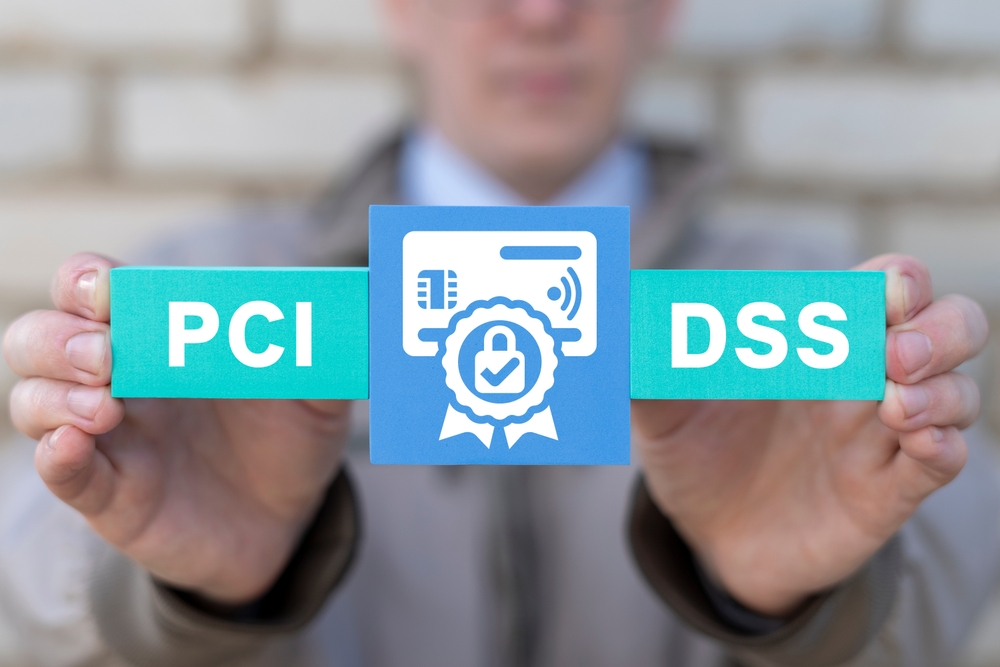Trust is fragile. Especially when money is involved. Customers hand over card details and assume you keep them safe. That assumption — it’s the business. Break it and you lose far more than transactions: reputation, partnerships, and future revenue.
This is why payment card industry security matters up front. Not as a checkbox. As the baseline of how you operate. Protecting cardholder data starts with a mindset: assume threats are already probing your systems. Treat every integration, every vendor, every API as a potential weak link.
Why Baseline Compliance is not Enough
Compliance gives you a map. Fine. But maps age. Threats move. Attackers don’t wait for your next audit. They look for gaps: legacy systems, weak encryption, forgotten credentials. So while compliance sets minimums, real resilience demands continuous attention.
Think practical controls. Think constant testing. Think encrypt-everywhere, limit-access-only, and verify-what-you-can’t-see. That last part — verification — is where many organizations trip up.
Practical Steps to Tighten Payment Card Industry Data Security
1. Map Where Card Data Flows (and Keep Updating It)
Start by knowing the path. Card data rarely travels in a straight line. It touches web forms, payment gateways, internal logs, backups, third-party services. Document every hop. Update that map when vendors change, when code is shipped, when a new SaaS tool is onboarded. Small, frequent updates beat one big annual refresh.
2. Encrypt End-to-End — Seriously
Partial encryption is a lie. Data should be protected from capture to storage. That includes keys, of course. Rotate them. Protect key management processes. If you leave keys next to data, you might as well not encrypt at all. Use proven protocols. Test them. Don’t invent your own crypto.
3. Use Tokenization Where Feasible
Tokenization replaces card numbers with tokens. Tokens are useless outside your system. If a storage database gets exposed, a token does nothing for attackers. Implement tokenization for stored data and reduce your scope for audits. It’s pragmatic and it reduces blast radius.
4. Vet Vendors Continuously
Third parties are a huge part of the modern payment chain. But most vendor reviews are paperwork exercises. No. Insist on technical evidence: penetration test results, architecture diagrams, encryption proofs, incident histories. Renew that scrutiny regularly. Don’t treat vendor security as set-and-forget.
5. Run Frequent, Realistic Tests
Penetration testing. Red-team exercises. Vulnerability scans. Not once a year, not as a show piece, but regularly and with variety. Test the web layer, the API layer, the POS systems. Test with credentials an attacker might steal. Test backup restores. The goal: find what fails when it matters.
6. Monitor for Anomalies, Actively
Logs are only useful if someone watches them. Set up 24/7 monitoring. Look for odd patterns: spikes in traffic, repeated auth failures, odd IP geographies. Automate alerts, but keep humans in the loop. Machines catch volume; humans catch context.
7. Train People — and Repeat It
People click links. They misconfigure things. It’s human and predictable. Regular, scenario-based training reduces simple mistakes that lead to complex breaches. Make training specific to payment processes. Practicals beat slides.
Operational Policies that Make a Difference
Create clear rules: minimize who can access card data, define retention limits, use separation of duties. Keep incident response plans current and test them against plausible scenarios: a vendor breach, a compromised API key, a fraudulent refund campaign. When things go wrong, speed and clarity of response determine whether an incident becomes a crisis.
Also: make security measurable. Dashboards, KPIs, and a simple risk register — these things get leadership to act. If executives can see the risk on a one-page brief, they fund mitigation faster.
Closing the loop: Culture, not Just Controls
Security lives where decisions are made, not only where code is written. Encourage teams to ask: “Does this change affect card data?” If the answer is yes, stop the deployment until it’s verified. Make security part of change control, procurement, and vendor onboarding. That’s how you make protection habitual.
Conclusion
Strong payment card industry security is a composite: technology, process, and people. Treat compliance as a starting line, not the finish. Implement layered defenses — encryption, tokenization, monitoring, continuous testing — and make vendor oversight mandatory. Those steps harden systems and they rebuild the invisible contract between businesses and customers.
Embedding these practices improves trust. It reduces exposure. It reduces the chance that one incident will unravel months of business progress. For organizations seeking expert, practical guidance on aligning operations with payment card industry security, and on meeting PCI data security expectations, partnering with a dedicated specialist such as Panacea Infosec can convert policy into practice — and uncertainty into measurable protection.
